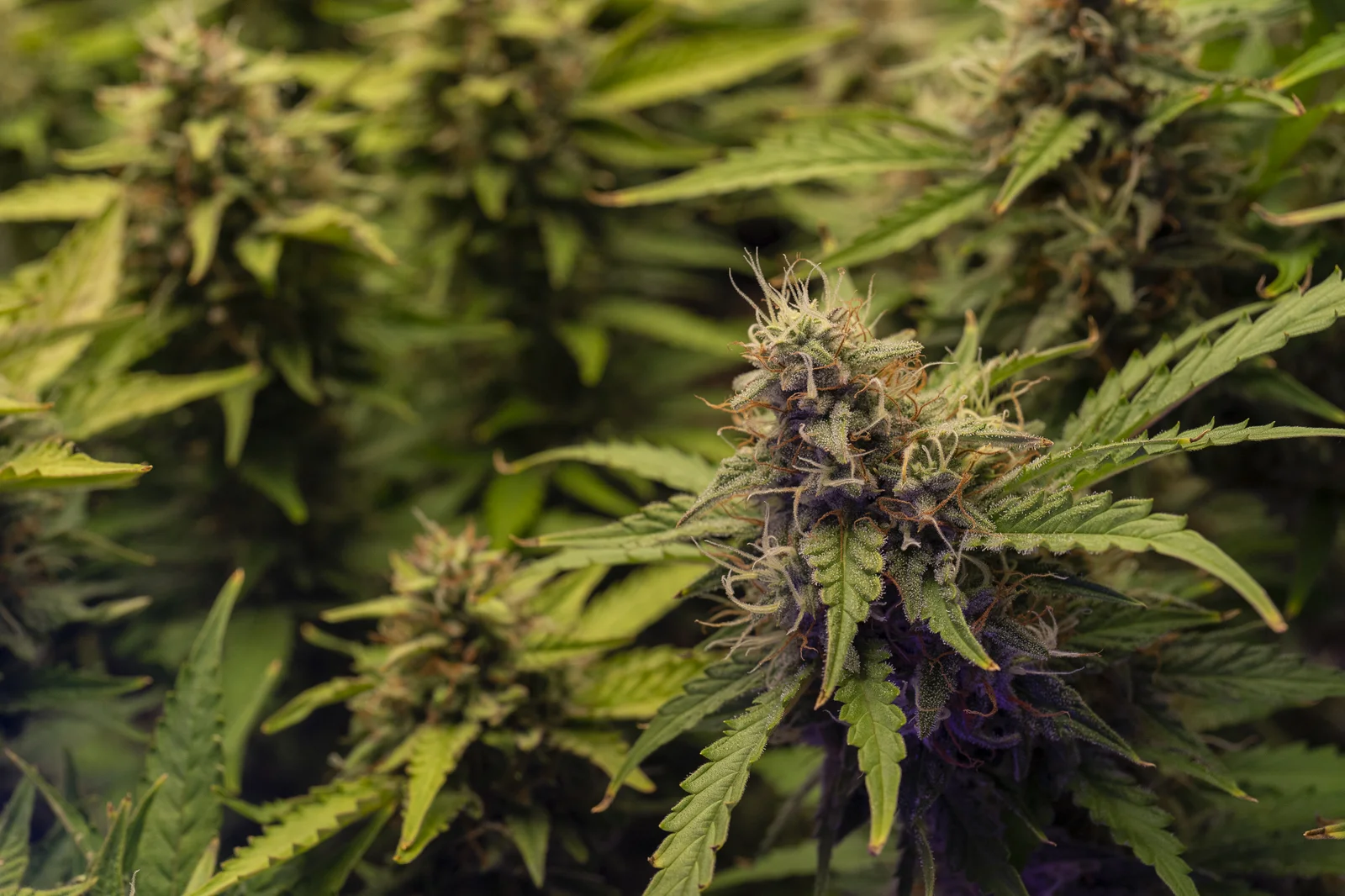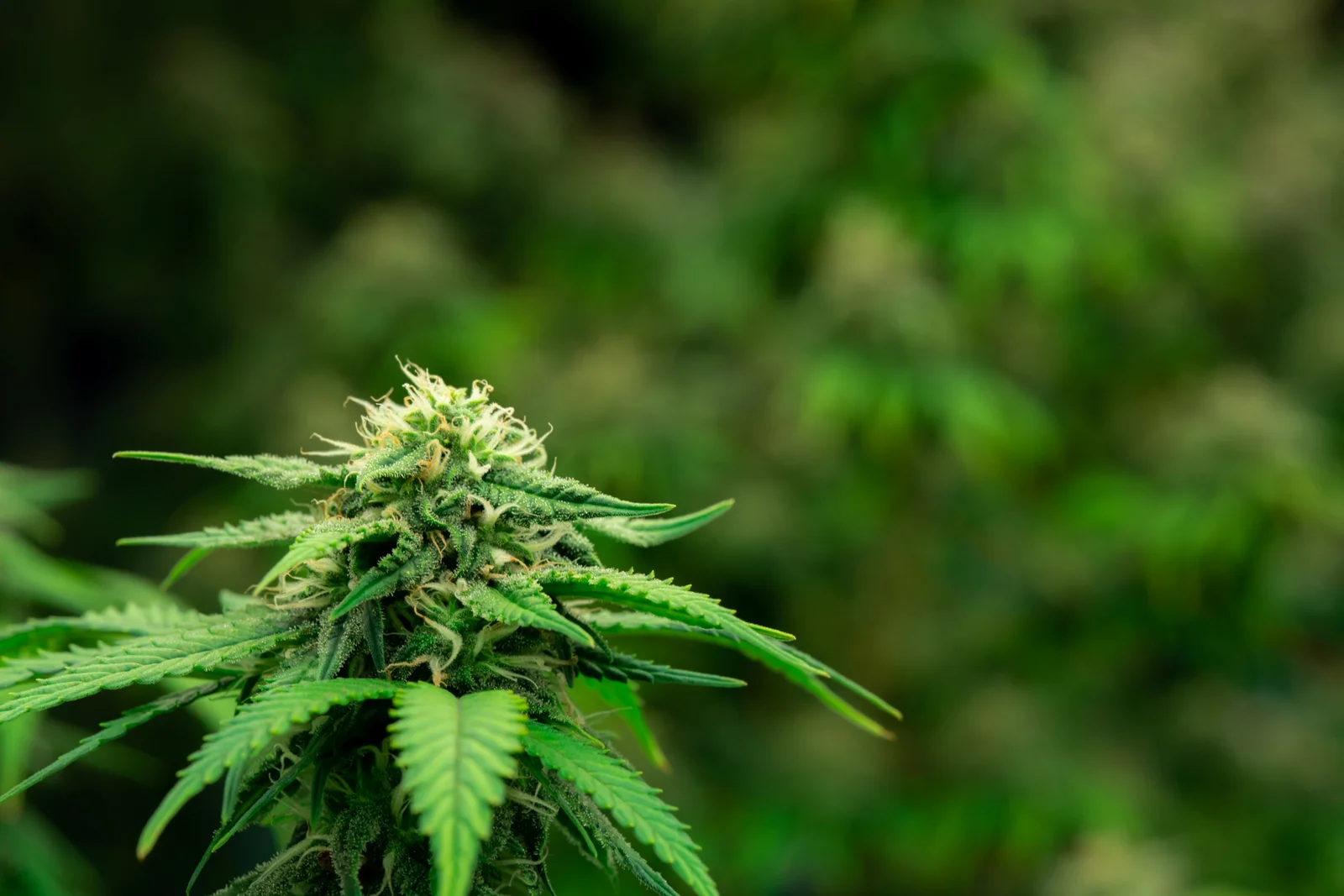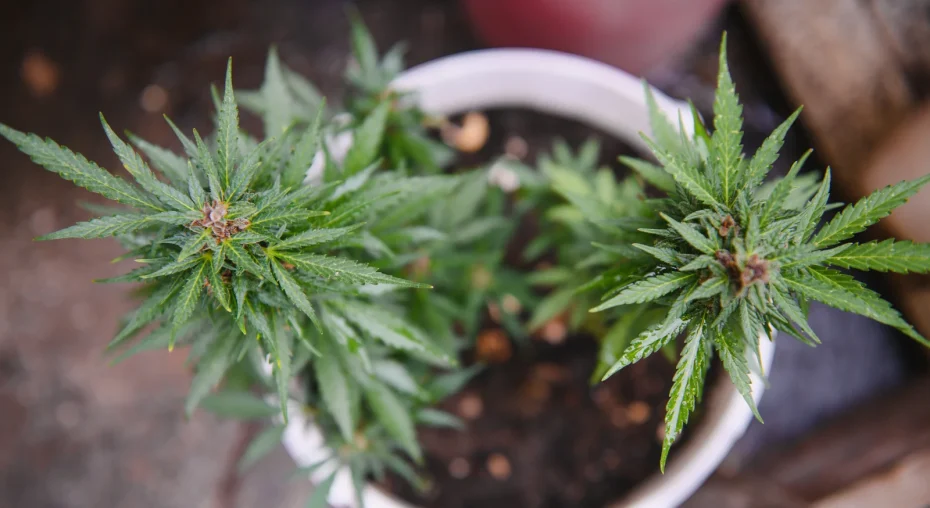Cannabis cultivation requires a delicate balance of nutrients to ensure the plants thrive and produce quality yields. However, cannabis nutrient deficiency is a common hurdle growers face, affecting both novice and experienced cultivators alike. Nutrient imbalances can lead to a range of deficiencies that, if left unresolved, can severely impact growth and yield. In this article, we will explore the core aspects of cannabis nutrient deficiency — how to identify them, why they occur, and how to address them before they affect your harvesting goals.
Who Is Affected by Cannabis Nutrient Deficiency?
Cannabis cultivators, from small-scale hobbyists to large commercial producers, can face cannabis nutrient deficiencies. As the demand for high-quality cannabis increases, understanding how to maintain healthy plants becomes crucial for everyone involved in cultivation.

What Are Cannabis Nutrient Deficiencies?
Cannabis plant deficiencies occur when essential nutrients are not available in sufficient quantities to meet the plant’s growth needs. The main types include deficiencies in macronutrients like nitrogen, phosphorus, and potassium, as well as micronutrients such as magnesium, calcium, and iron. Each deficiency presents unique symptoms which can be identified using a cannabis deficiency chart, aiding in quick diagnosis and remediation.
Key Nutrient Deficiencies
- Nitrogen Deficiency: Characterized by yellowing leaves starting from the bottom of the plant. At its extreme, it can cause leaf drop and stunted growth.
- Phosphorus Deficiency: Identified by darkening leaves with purple or red hues, and stunted root growth.
- Potassium Deficiency: Often presented as browning or burnt edges on leaves, particularly affecting the tips.
- Magnesium Deficiency: Shows as interveinal chlorosis, where the area between the veins turns yellow while the veins remain green.
- Calcium Deficiency: Leads to distorted new growth, showing as crinkled or twisted leaves.
- Iron Deficiency: Primarily impacts new plant growth, showing yellowing with green veins.
When Do Cannabis Nutrient Deficiencies Occur?
Cannabis deficiencies can arise at any stage of the plant’s life cycle, but they are most common during periods of rapid growth, such as the vegetative phase and the onset of flowering. Ensuring that plants receive a balanced nutrient solution during these phases is crucial to preventing deficiencies.
Where in the Plant Do Nutrient Deficiencies Manifest?
Symptoms of nutrient deficiencies typically appear on the leaves of cannabis plants. The location of these symptoms can provide clues to the specific nutrient that is deficient. For example, mobile nutrients like nitrogen and magnesium show deficiencies on older leaves, whereas immobile nutrients like iron and calcium affect new growth.
Why Do Cannabis Nutrient Deficiencies Happen?
Cannabis deficiencies can occur due to several reasons:
- Incorrect pH Levels: The wrong pH can inhibit nutrient absorption. Cannabis thrives in a pH range of 6.0 – 7.0 in soil and 5.5 – 6.5 in hydroponic setups.
- Improper Feeding: Using the wrong type or incorrect ratio of nutrients can lead to deficiencies.
- Poor Soil Structure: Compacted or overly wet soil can impede root growth and nutrient uptake.
- Environmental Factors: Temperature and humidity extremes can exacerbate nutrient deficiencies.
How to Fix Cannabis Nutrient Deficiencies
- Identify the Deficiency: Begin by referencing a cannabis deficiency chart to diagnose the issue accurately.
- Adjust pH Levels: First, test and adjust the pH of your growing medium and water. Maintain optimal pH levels to enable proper nutrient absorption.
- Tailor Nutrient Supply: Depending on the specific deficiency, adjust your nutrient regime. Use nutrient-specific additives if necessary.
- Improve Growing Conditions: Ensure your growing environment, including temperature and humidity, is within the ideal range for cannabis plants.
- Monitor and Record: Keep detailed records of your nutrient schedule and environmental conditions to prevent future issues.
Cannabis Nutrient Deficiency: An Expert FAQ Guide
As a Cannabis Cultivation Expert, understanding nutrient deficiencies is crucial for ensuring the health and productivity of your plants. This FAQ article aims to address common concerns related to cannabis nutrient deficiencies, with detailed insights to help you identify, correct, and prevent these issues.
What are the top signs of cannabis nutrient deficiency?
Cannabis plants are sensitive indicators of their nutritional status. The most common signs of nutrient deficiencies include:
- Yellowing Leaves: This is often the first noticeable sign. It typically begins with the older leaves (nitrogen deficiency) or newer leaves (iron or sulfur deficiency).
- Leaf Curling: Leaves may curl up or down. This can be caused by calcium or manganese deficiencies among others.
- Browning or Burnt Leaf Tips: Typically an indication of potassium or nutrient burn due to excess, but can also suggest deficiencies if other signs accompany it.
- Stunted Growth: A lack of essential nutrients such as nitrogen, phosphorus, or potassium often results in stunted plant growth.
- Purple or Red Stems: Stems turning red or purple can signal deficiencies in magnesium or phosphorus.
- Interveinal Chlorosis: This pattern of yellowing between the veins usually suggests a magnesium or iron deficiency.

How can you fix a cannabis nutrient deficiency?
To address nutrient deficiencies effectively, follow these steps:
- Diagnose the Deficiency Accurately: Use the signs and symptoms to determine which nutrient is lacking. Soil tests or plant tissue analysis can also provide accurate diagnoses.
- Adjust Nutrient Solutions: Depending on the identified deficiency, adjust the nutrient solution. For example, if there’s a nitrogen deficiency, incorporate a nitrogen-rich fertilizer.
- pH Correction: Ensure the pH of your growing medium is within the optimal range (5.5 to 6.5 for soil-less and 6.0 to 7.0 for soil). Incorrect pH can lock out nutrients making them unavailable to plants.
- Use Chelated Nutrients: In the case of micro-nutrient deficiencies, chelated forms are more readily absorbed by plants.
- Flush the Medium: In hydroponics or soilless setups, a flush might be necessary to remove built-up salts and then reintroduce the nutrients at appropriate concentrations.
Is it possible to prevent a cannabis nutrient deficiency?
Yes, prevention is always better than cure:
- Balanced Nutrient Regimen: Implement a well-balanced feeding schedule tailored to each growth stage (veg/flower).
- Regular Monitoring: Monitor plants and growing conditions regularly to catch any early signs of deficiency.
- pH Management: Regularly check and adjust the pH of your water and soil/runoff to ensure nutrients are available.
- Quality Nutrients: Use high-quality nutrient solutions designed for cannabis to ensure your plants receive the right balance of macro and micronutrients.
- Organic Matter: Adding compost or organic matter can improve nutrient availability and soil health.
What happens if a cannabis nutrient deficiency is not fixed quickly?
Failure to address nutrient deficiencies can lead to:
- Severely Affected Growth: Nutrient deficiencies, if prolonged, severely impact growth, leading to smaller plants and reduced yields.
- Weakened Resistance: Nutrient-stressed plants are more susceptible to pests and diseases.
- Poor Bud Development: The quality and potency of buds can be negatively affected, impacting flavour, aroma, and cannabinoid profiles.
- Death of Plant Parts or Entire Plant: Prolonged, unattended deficiencies can result in necrosis of plant parts or, in severe cases, plant death.
Understanding and effectively managing nutrient deficiencies is vital for any cannabis cultivator. With this guide, you can ensure your plants receive the necessary nutrients for optimal growth and bountiful harvests. Always remember, the key to a thriving garden is proactive care and a keen eye for detail.
Conclusion
Understanding cannabis nutrient deficiency is essential for any cultivator aiming to maximize their yield and produce healthy plants. By identifying what different nutrient deficiencies look like in cannabis and employing timely interventions based on a comprehensive cannabis deficiency chart, growers can sustain plant health and ensure optimal growth. Continuous monitoring and adjustments as needed will help mitigate the risk of deficiencies, enabling cultivators to harvest robust and high-quality cannabis crops. Always remember, when managing cannabis plant deficiencies, a proactive approach is key to preventing detrimental effects on your plants.
Streamline Cannabis CultivationRecommended For You
Unmasking Nature’s Signals: Decoding the Secret Language of Cannabis Leaf Problems
December 11, 2025GrowerIQ’s Rapid Harvesting Tool: The Fastest, Most Accurate Way to Capture Cannabis Harvest Data
December 11, 2025Unveiling the Future: How Cannabis Industry Events are Shaping Tomorrow’s Innovations and Partnerships
December 10, 2025About GrowerIQ
GrowerIQ is changing the way producers use software - transforming a regulatory requirement into a robust platform to learn, analyze, and improve performance.
To find out more about GrowerIQ and how we can help, fill out the form to the right, start a chat, or contact us.

